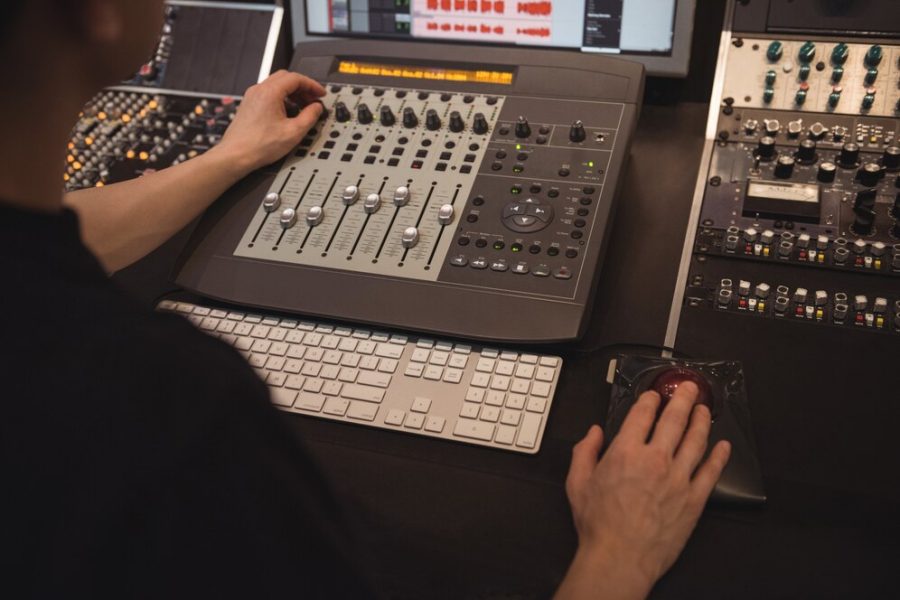In the field of audio production, Understanding Compression in Mixing is a vital skill for professionals and hobbyists alike. The process of audio compression allows one to manipulate the dynamic range of an audio signal, balancing the loud and quiet parts for a smoother, more consistent sound. This article will delve into the essentials and complexities of compression, sharing insights on different techniques and debunking common misconceptions.
Grasping the Basics of Audio Compression
Audio compression refers to the process which reduces the dynamic range of a signal. Simply put, it’s a system that curbs the loud sounds and amplifies the softer ones, leading to an improved mix. To understand this process further, we need to explore the key elements of compression – Threshold, Ratio, Attack time, Release time, ‘Knee’, and Gain reduction.
Defining Threshold in Audio Compression
The Threshold in audio compression is the volume level at which the compressor starts to work on the audio signal. Sound that lies above the threshold will be compressed, while the ones beneath remain unaffected.

